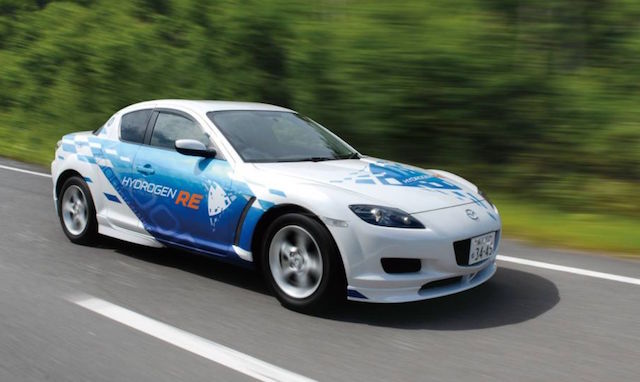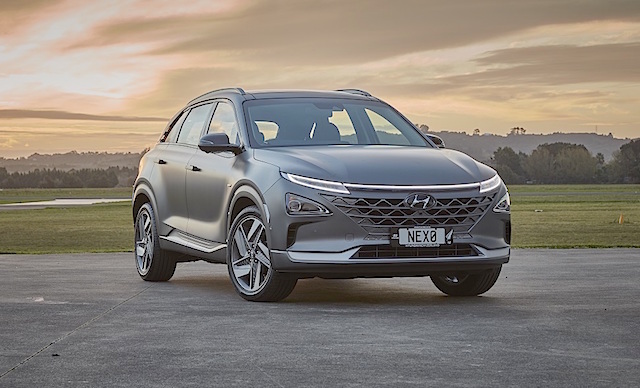
Toyota New Zealand (TNZ) is planning to show off its hydrogen-powered Marai sedan. “We’re looking at options for it,” said Morgan Dilks, the carmaker’s communications man.
The options include doing what rival Hyundai is about to do with its zero-emissions Nexo SUV – take it on a road trip around the country.
But first both companies have to organise a regular supply of fuel; that will come from the hydrogen refuelling station Hyundai is building in Auckland.
Both Hyundai and Toyota are members of the NZ Hydrogen Association, which formed last year. Others are Fulton Hogan, HW Richardson Group, Siemens (NZ), Green Cabs, Real Journeys, and Contact Energy. The seed money came from the Ministry of Business, Innovation and Employment.
There’s nothing new about the four-door Marai (above) – it’s been running around Japan, Europe, and selected USA on lease agreements for four years. Toyota Australia has been trialling it since last year.
Like Hyundai’s Nexo, the Marai – “future” in Japanese – uses electricity generated by a fuel-cell stack to drive the vehicle.
The fuel cell mixes hydrogen from on-board storage tanks with oxygen pulled in from the air outside. The chemical reaction generates electricity that in turn charges the battery pack and powers the electric motor that drives the vehicle.
Power output from the Marai’s fuel stack is 113kW/335Nm, down slightly on Nexo’s 120kW/395Nm. Toyota says the Marai sedan is good for a range of 500km before filling up; Hyundai claims around 600km for Nexo.
The Marai has two high-pressure storage tanks with a combined volume of 122.4 litres; Nexo (above) has three tanks for an overall 156-litre capacity. Specially built carbon-fibre tanks store the hydrogen at 700bar (10,000psi).
Mazda – as is its want – is going in a different direction with hydrogen, using its compact rotary engine as a hydrogen-fueled range extender and emergency generator for prototype battery-electric vehicles.
It has found that while the Wankel rotary doesn’t burn petrol nearly as cleanly or efficiently as a piston engine, it performs altogether differently when fuelled with hydrogen – most of its inherent drawbacks become advantages.
Mazda learned this years ago when it built and sold – only in Japan – the RX-8 RE variant running a petrol/hydrogen duel-fuel system. It could switch on the fly from petrol to hydrogen and back.
In the accompanying video on this page, American engineer Jason Fenske, of Engineering Explained, describes exactly what happens inside a rotary engine running on hydrogen. It turns out the design of the engine is pretty much ideal for burning hydrogen.


